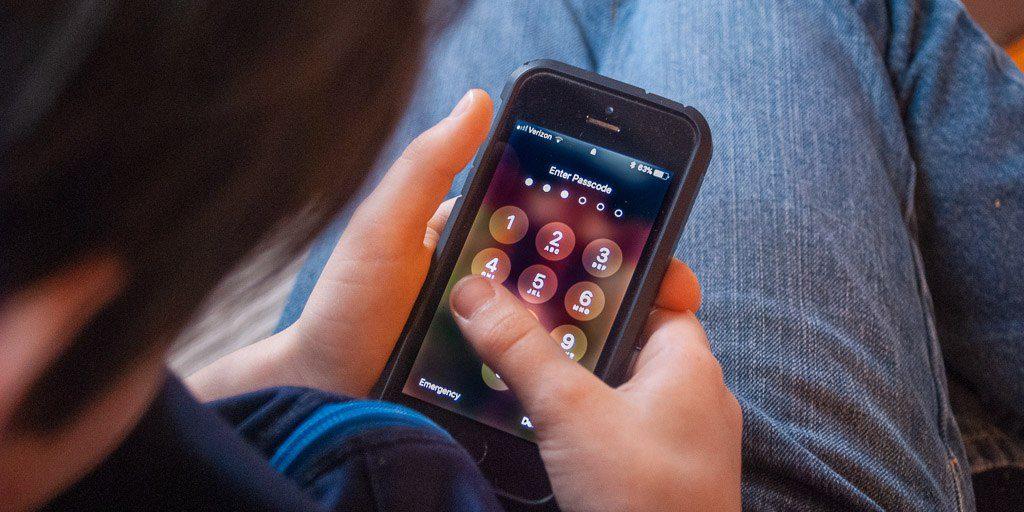
Your smartphone can do more than just send texts or make calls. If you’re a frequent traveler, your device can serve as your resourceful travel buddy – as long as you know what to do.
Get the most out of your phone’s capabilities by trying out these seven useful habits whenever you’re on the go.
1. Turn data roaming off when not in use.
Unless you signed up for valuable roaming offers from your service provider before your trip, it’s best to turn off your data roaming when not in use. You could end up incurring roaming fees even if you don’t pick up when someone calls you from home.
Before you go, turn off your data roaming by following these steps.
On iOS:
- Go to the Settings app
- Click General, then select Cellular
- Drag the Data Roaming slider to turn it off
On Android:
- Open the Settings app
- Go to the Wireless & Networks section, then click More
- Select Mobile Network (on some Android phones, you may need to choose Battery & Data Manager), then Data Delivery
- Click on the Data Roaming option to remove the check mark
The safest precaution you can take to avoid data roaming charges is to put your phone on Airplane Mode. If you can’t afford to do that because you’re waiting for an urgent call, try to get roaming services ahead of time to avoid costly fees once you leave.
2. Save Google Maps offline.
Since you have to avoid using mobile data as much as possible, save the places you’re going to visit offline using Google Maps. Downloading offline maps is quite convenient as you’ll be able to, for example, show these to your cab driver to reach your hotel or any desired destination.
Using Google maps is relatively easy. All you have to do is:
- Connect to the internet and open your Google Maps app (if you don’t have one, download it through Play Store)
- Search for the area you intend to visit
- To drop a pin, press and hold the area on the map
- On the top right corner, tap the Options menu then click Download offline area
- Choose Download to make the map accessible offline
To see the downloaded offline maps, tap Menu on the top left corner then go to Offline areas.
3. Use free apps to send messages.
Take advantage of your hotel’s free Wi-Fi by using apps like Hangouts, iMessage, Messenger, WhatsApp, or Viber to send messages. As long as you’re connected to the internet, you can keep in touch with your family or friends back home by using these free apps. They also have calls and video features for better communication.
4. Keep a copy of your identification documents.
Whenever you travel, it’s crucial that you bring a physical copy of important documents such as a driver’s license, passport, visa, and letter of recommendation from a doctor for medications.
In case of unfortunate incidents, it’s also handy to have a scanned copy of these essential documents on your phone.
Apps or services like Dropbox, Google Drive, or OneDrive allow you to store your scanned copies in the cloud or locally on your smartphone.
5. Back up important files.
You never know what will happen while you’re in another country, so you must prepare for any untoward incidents as much as possible. Consider the possibility that you could lose your phone during your travels and take steps to protect your data in advance.
Before you go on your trip, follow these steps:
- Back up all important data like contacts and photos. For iOS, Use iTunes or iCloud. For Android, go to Settings, then Backup & Reset.
- Add a strong passcode, reduce your auto-lock time, and create an alphanumeric code instead.
- Ensure that you can remotely wipe your device in case it gets lost. Enable Android Device Manager for Android phones or Find My iPhone for iOS. Once your phone gets connected to data or Wi-Fi, it will erase your data so no one can steal your personal information.
6. Sync your destination’s local language.
An offline digital translation dictionary can definitely make your life easier while you’re in a foreign country.
For instance, if you have a food allergy, you have to know how to say “pine nuts” in many languages. But first, download Google Translate for iOS or Android.
Tap on the Google translate app and choose one of the languages. Scroll down to search for your desired language. As long as there’s an arrow next to the language, you can download it.
7. Get an electronic version of your travel guidebook.
You can find various electronic sources of all major travel guides like Frommer’s, Lonely Planet, and Rick Steves. Choose a guidebook that can be downloaded in any format such as epub or PDF. Instead of carrying around a physical guidebook, you can have all the information you need on your phone.
Your device is called a smartphone for good reason. Now that you have access to great technology right at your fingertips, why not make good use of these while you jet off to new destinations? A decent place to start is to try the seven helpful habits mentioned above.
AUTHOR BIO
Al-moottil P Antony is a C-Suite Executive Support Professional for Zain, a leading mobile and data services operator with a commercial footprint in 8 Middle Eastern and African countries.


